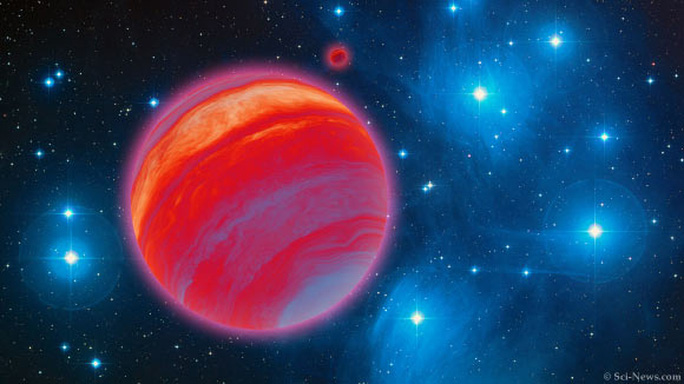Two higher-class objects than planets but failing to be classified as stars, born as a pair yet separated by 129 astronomical units.
According to Sci-News, the pair CWISE J014611.20-050850.0AB is the widest-known pair of brown dwarfs. One astronomical unit (AU) is the distance from the Sun to the Earth, meaning this pair is separated by a space 129 times greater than that of the Sun to the Earth. However, they remain a pair, still connected in their own celestial dance.

Brown Dwarf – (Graphic from Sci-News)
Brown dwarfs are inherently dim, cool objects that lie in size between giant gas planets and small stars. They are sometimes referred to as “failed stars.” They are often slightly too small to sustain hydrogen fusion in their cores.
However, classifying them as planets is also inaccurate because they are somewhat larger and “higher-class”, retaining some stellar characteristics. They do not have a parent star and exist in isolation, formed directly from molecular clouds, akin to a “demi-god” in the planetary realm, emerging from the void.
Brown dwarfs are rarely found in pairs, making the recent discovery by a research team led by Arizona State University (USA) particularly noteworthy. Surprisingly, due to their small size compared to stars, brown dwarfs that do form pairs are usually close together. But CWISE J014611.20-050850.0AB is not like that.
This unusual pair was discovered from data from the Dark Energy Survey (DES), further confirmed by the Near Infrared Echellette Spectrograph (NIRES) mounted on the Keck II Telescope.
The study, recently published in the Astrophysical Journal Letters, is expected to shed light on the mystery surrounding the existence and origin of brown dwarfs.


















































